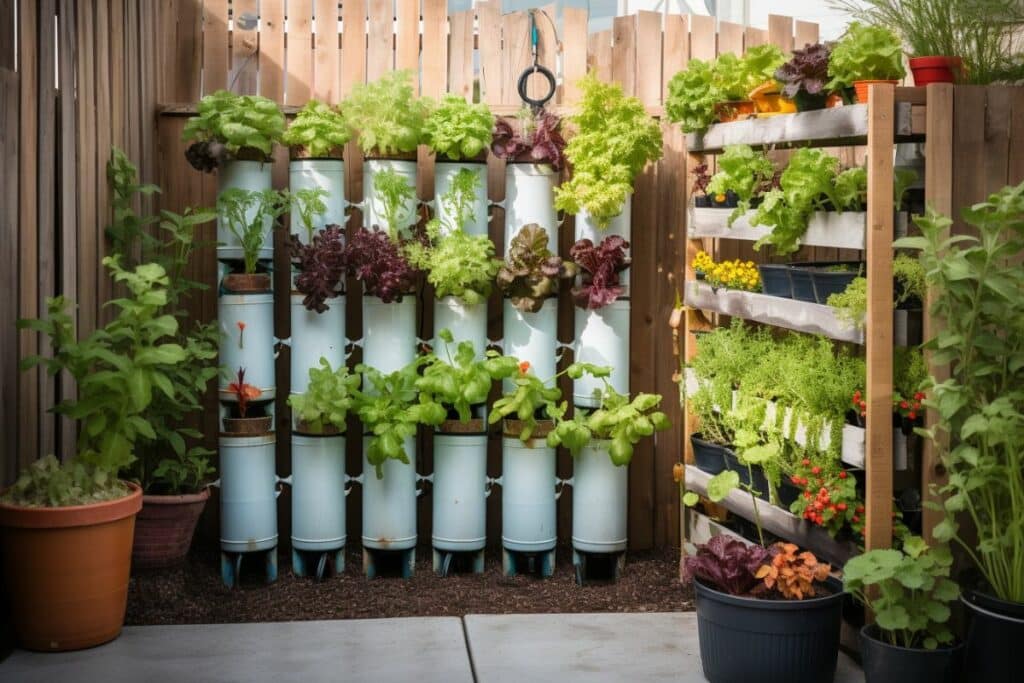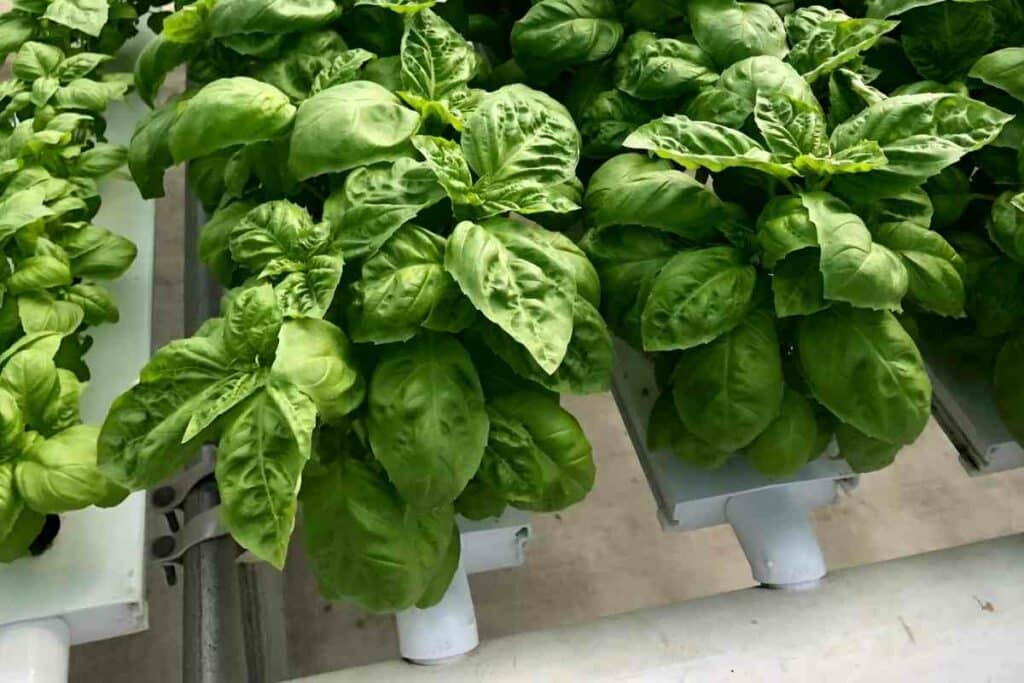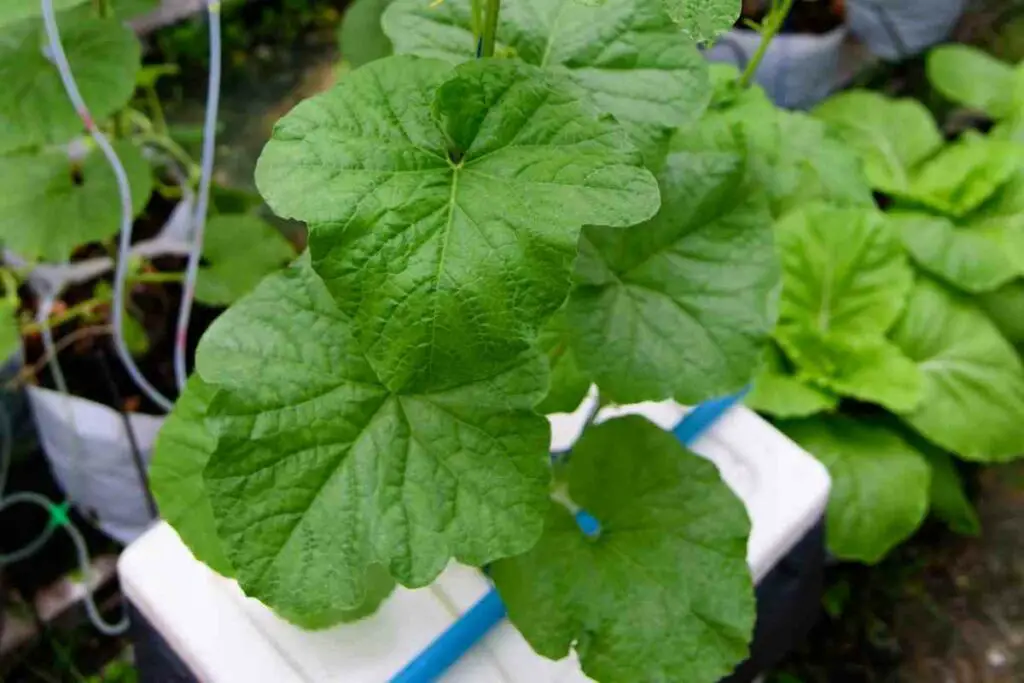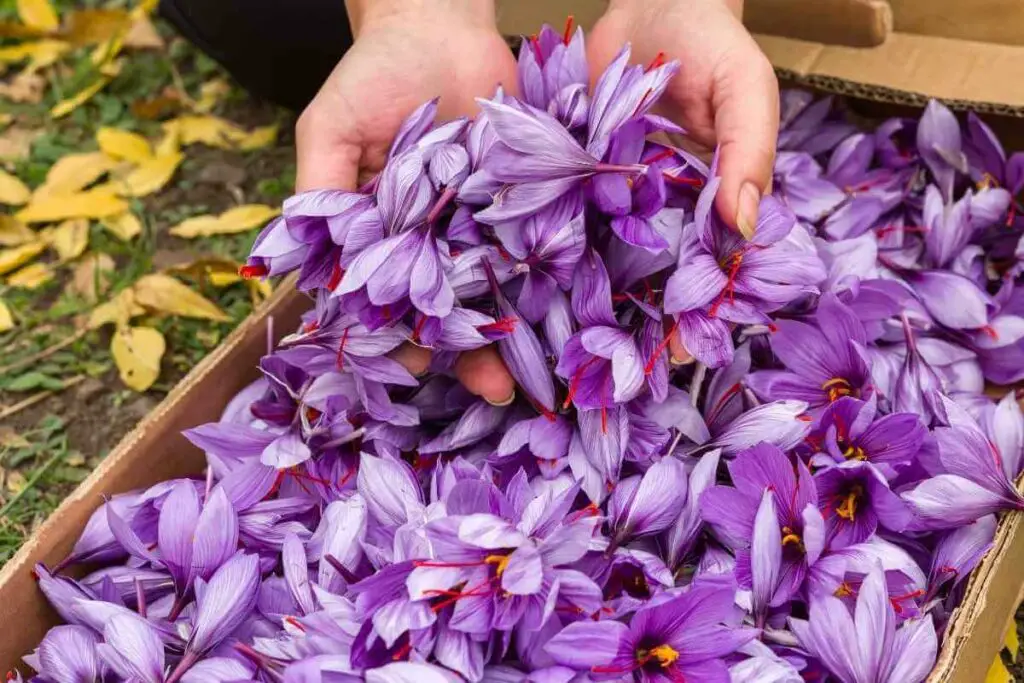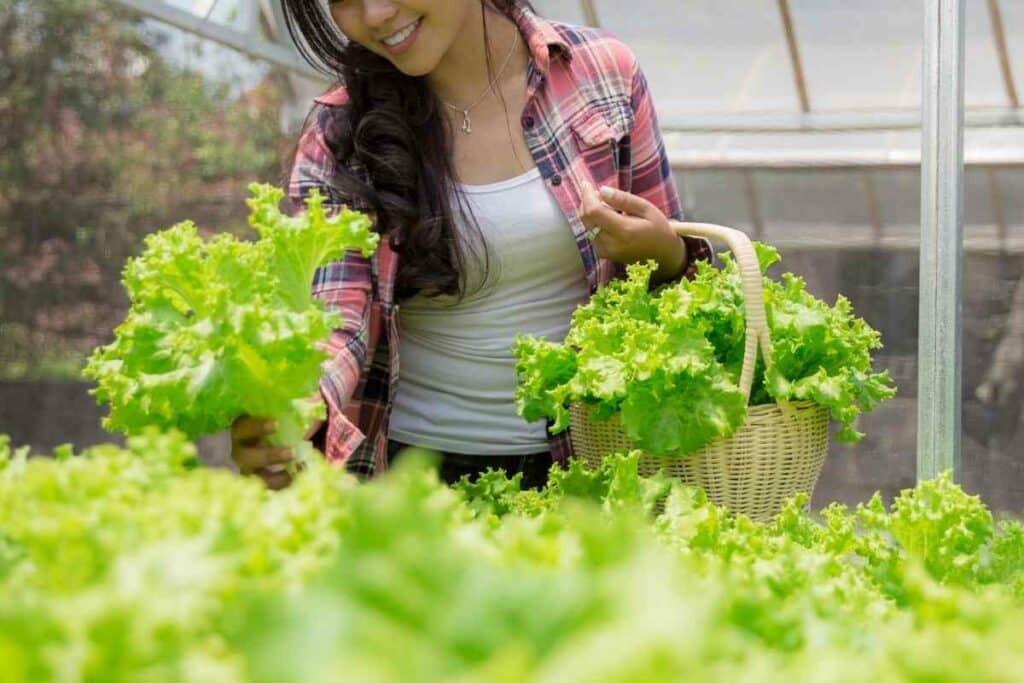Hydroponics is a method of growing plants without soil.
However, just because you’re not using soil doesn’t mean that you don’t need some kind of support for your plants.
In nearly all of the hydroponic setups, growers utilize some sort of growing medium to support the roots. This also helps with the maintenance of good oxygen to water ratio. In this article, we’ll take a look at foam as a potential growing medium for your hydroponic system.
Growing Mediums for Hydroponic Growing
Let’s take a closer look at using foam as a growing medium as well as some other alternatives.
Floral Foam
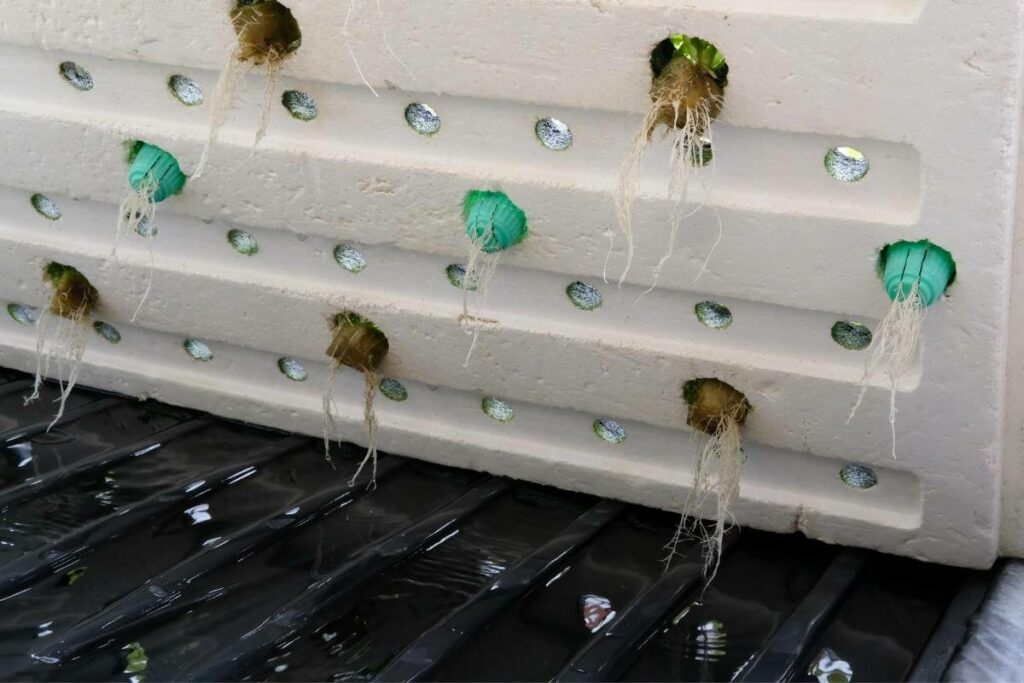
Floral foam is a viable option to use as a growing medium in hydroponic gardening.
Yes, the stuff you get from the florist!
However, you must also know that it has the potential to get waterlogged.
Advantages
- Affordable
Disadvantages
- Only good for certain types of hydroponic systems
- Can become waterlogged
- Can crumble and leave particles in the system
Oasis Cubes
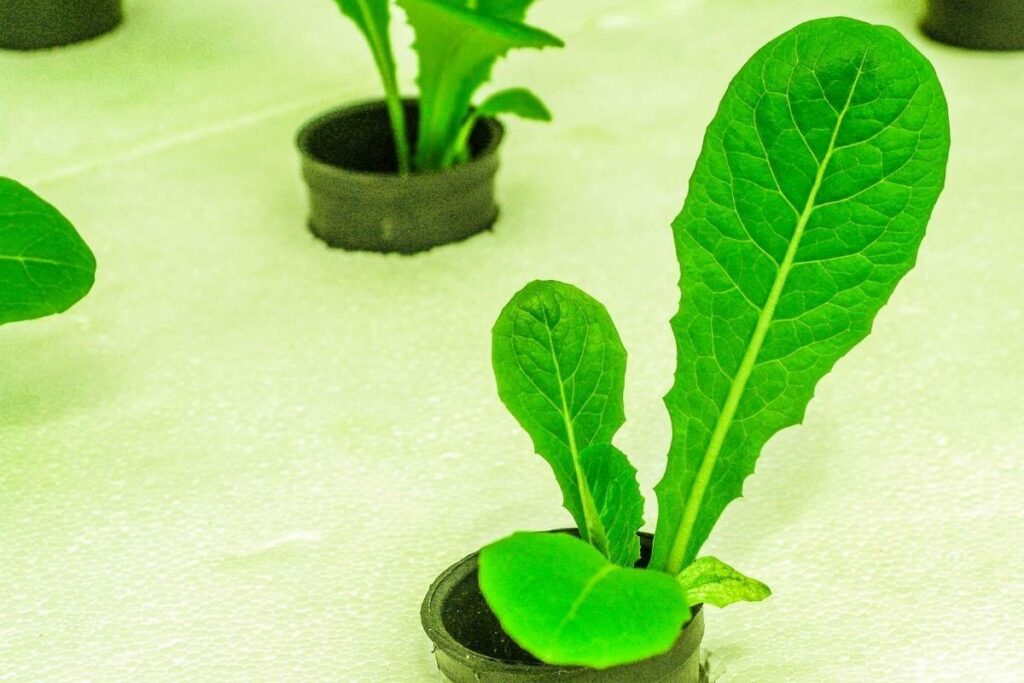
This medium is a lot like Rockwool (which will be looked at later) because it’s a great medium for starting cuttings or germinating seeds.
The primary benefit that oasis cubes have over Rockwool is that you don’t have to pre-soak it before you use it.
These cubes are made of foam and totally inert. It offers terrific water retention and a neutral pH.
Oasis cubes do not come with a nutrient solution, which means that you have total control over your system.
Cubes come in sheets and have pre-drilled holes, which makes it easy to start your seeds.
Advantages
- Budget-friendly
- No need to adjust the pH
- Easy to use
Disadvantages
- Not great for a full growing medium
- Manufactured
- Not sustainable
- Not organic
Now that we’ve taken a look at a couple of foam options for a hydroponic growing medium, let’s take a look at some of the other options on the market.
Expanded Clay Pellets
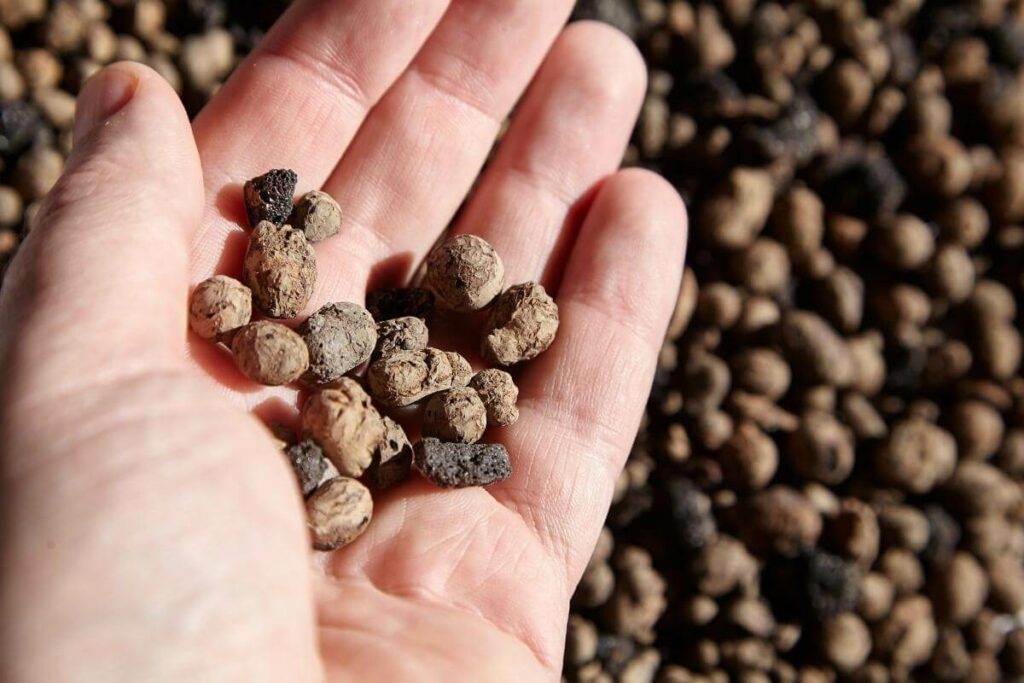
The expanded clay pellets are a porous material that helps to maintain the proper oxygen/water ratio.
Plus, this medium is heavy enough to provide support to the plant but at the same time light enough that your system isn’t bogged down.
Of course, it’s not exactly the cheapest medium on the market, but if you plan on growing long term, it is the most cost-effective.
This is because you can re-use them several times – simply wash and clean them before the next grow period.
Since the pellets are pH neutral, sterile, and non-degradable, they make a great option for a growing medium.
The only disadvantage is that they do dry out quickly, which can be an issue in some systems, such as the ebb and flow, where moisture retention is critical.
However, they do work great in deep water culture systems.
Advantages
- pH neutral
- Affordable
- Reusable
Disadvantages
- Heavy when wet
- Drain quickly
- Strip-mined
- Non-degradable
Rockwool
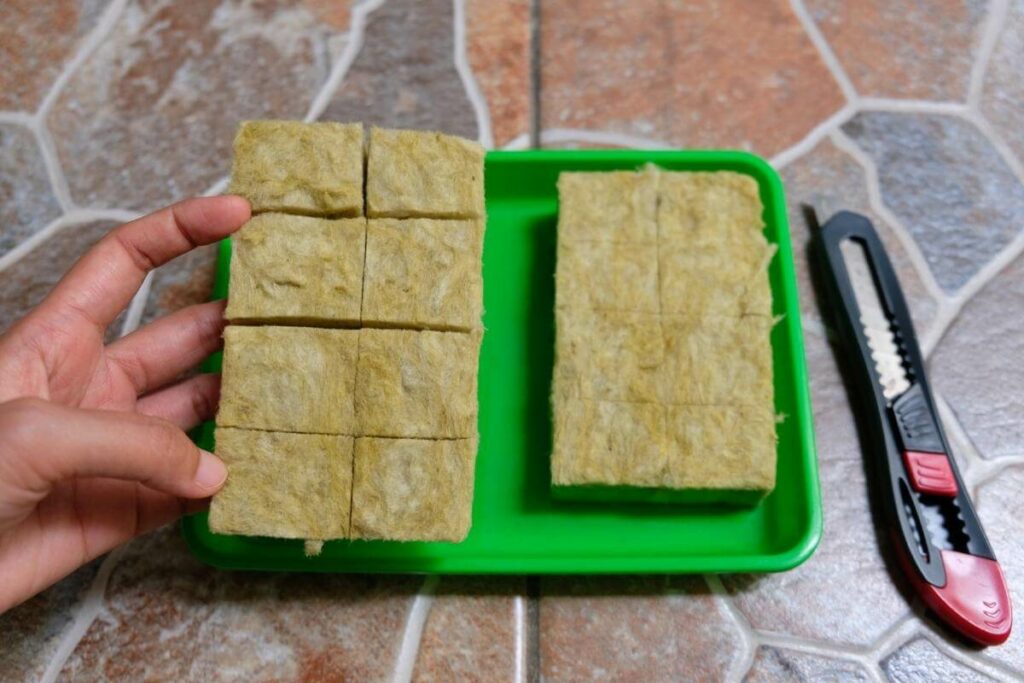
Rockwool, also known as stone wool, has been used for quite some time as a growing medium in hydroponics, especially for starting seeds/clones.
It has great moisture retention and is also porous enough for aeration.
It is a non-degradable, porous, and sterile growing medium, but it does need to be pH balanced before use. This is done by soaking it in a pH-balanced nutrient solution.
The length of time it should be soaked depends on the size of the cube.
Advantages
- Retains water well
- Disposable
- Great for starting seeds/clones
Disadvantages
- Negative impact on the environment
- Must be pH balanced before use
Coco Fiber

This growing medium is also known as coco coir, coco peat, or coco chips.
It is a sustainable growing medium made from coconut husks. It is an organic medium that is gaining popularity.
Coco fiber has an amazing oxygen/water ratio, which keeps the plant roots from drowning while keeping them damp enough to avoid drying out.
Advantages
- Comes compressed to save space
- Organic
- Sustainable
- Great oxygen/water ratio
Disadvantages
- Not reusable
- Can become waterlogged
Perlite
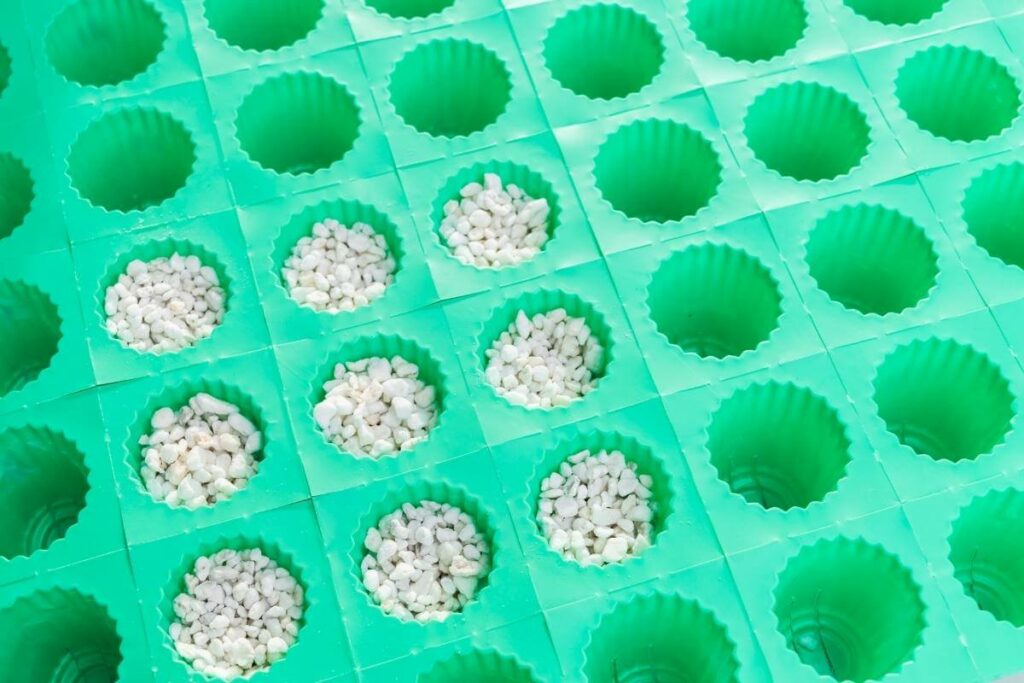
This growing medium is typically used in soil but can also be useful in hydroponic gardening.
It’s made of minerals that have been exposed to high heat, which allows them to expand and become porous, absorbent, and light.
When compared to the rest of the hydroponic growing mediums, it has one of the best oxygen retention abilities. However, it does not retain water very well.
Therefore, you can’t use it as a standalone medium in an ebb and flow system.
Advantages
- Great oxygen retention
- Lightweight
Disadvantages
- Negative impact on the environment
- Issues due to inhalation
- Poor water retention
Vermiculite
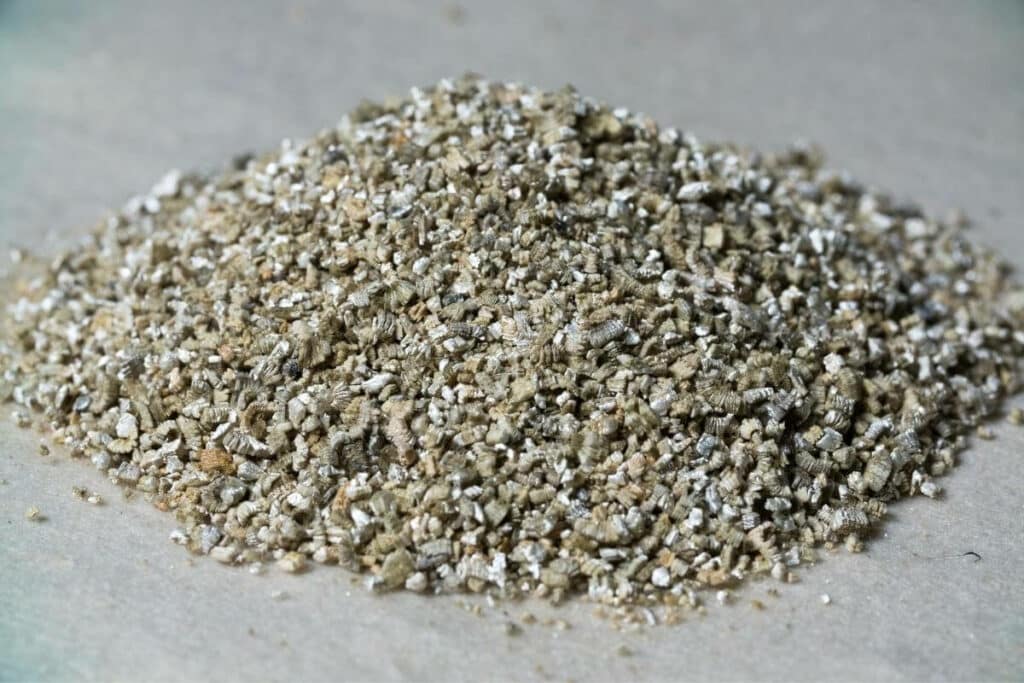
This is a silicate mineral that will expand when exposed to heat.
It’s a lot like perlite, but it retains moisture better. Though it’s like perlite, you shouldn’t use it alone because it can drown plant roots because of its ability to retain moisture.
It’s best if you mix it with another medium, such as perlite. When you purchase vermiculite, make sure that you buy one meant for hydroponics.
Advantages
- Great water retention
- Lightweight
Disadvantages
- When used alone, too much water retention
- Expensive
- Hard to find the right stuff
Gravel/Rock
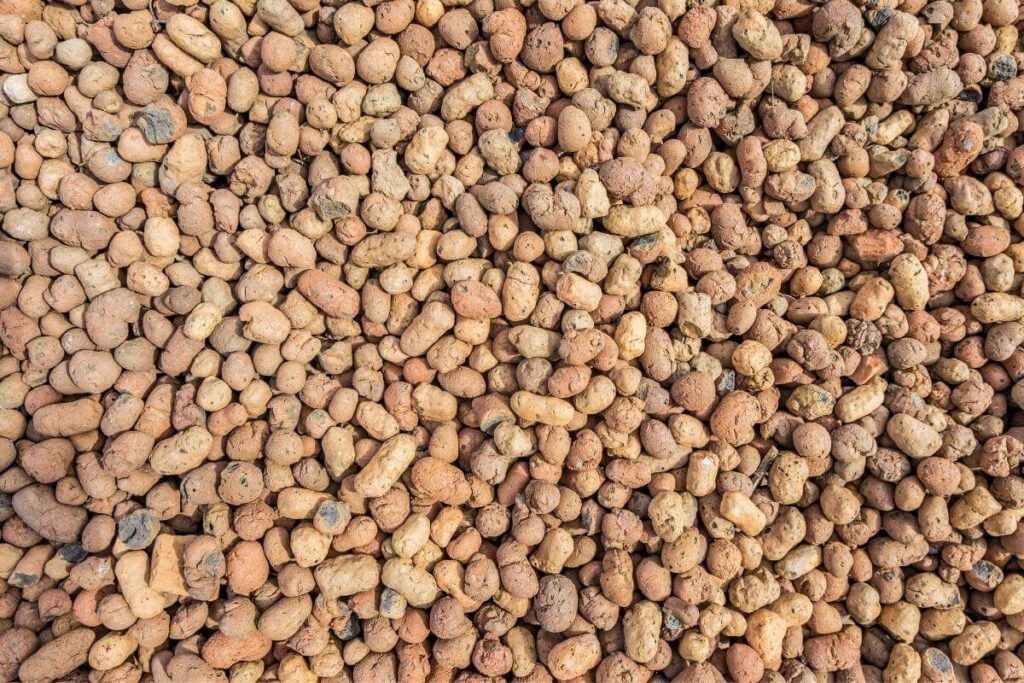
This growing medium is the same stuff you see at the bottom of a fish tank.
Once it’s clean, it’s a great option to use as a growing medium.
Advantages
- Affordable
- Reusable
- Drains well
- Easy to get
Disadvantages
- Heavy
- No moisture retention
- Can cause pH swings
- Only good for certain systems
- Good options for aquarium gravel
Conclusion
The short answer to the question about foam being used as a growing medium for hydroponic gardening is that it can be used.
However, it’s really only great for starting seeds or cloning plants.
Foam is not the best medium for full growth. There are plenty of other mediums on the market that can be used, as you can see listed above.

